When is the preferential import and export tariffs in the CPTPP issued?
 |
| Vu Nhu Thang (middle) shared information at the talk show. |
Thang a decree has been submitted to the Government and is expected to be promulgated at the end of May or early June. At that time, enterprises that imported and exported goods to CPTPP member countries will enjoy special incentive tax rates from January 14, 2019.
The tariff will have a four-year roadmap, from 2019-2022, which is a relatively reasonable period for enterprises to plan production and business.
Thang also also pointed out four conditions that businesses need to meet to enjoy incentives in the CPTPP agreement.
Firstly, businesses should note whether or not the country which they export or import goods has implemented the CPTPP. So far, in addition to Vietnam, there are only six countries that have approved and implemented this agreement.
Therefore, businesses are only entitled to incentives when exporting and importing goods to these six countries. In the future, if more countries approve and implement the CPTPP, the Ministry of Finance will announce the roadmap for these countries..
Secondly, in the four-year roadmap, businesses should check tariff lines for their products and the roadmap of reduction of that tariff lines. For example, cars imported from Japan, the tax rate in 2019 will fall to 64% and the following years will decrease by about 6% per year.
Thirdly, to enjoy incentives, businesses must have import dossiers in the importing country and transport documents. Accordingly, goods exported from Vietnam must be transported to the destination place in the importing country to avoid abuse to export to a third country.
If goods are not directly transported from the exporting country to the importing country but transit in member countries, they are considered direct transport. In addition, goods can be transshipped or transited in countries that are not CPTPP members. However, during transshipment and transit, the goods production stages are not be arisen and the nature and origin of goods is not changed, goods shall enjoy tax incentives.
Fourthly, the goods must have a certificate of origin from CPTPP member countries.
Thang said that the preferential export tariffs and preferential import tariffs are applied for two country groups that have implemented the CPTPP since the end of 2018 (including Canada, Australia, New Zealand and Singapore) and the country group implemented since 2019. Accordingly, when businesses import goods, they should study the tariffs to understand the road map for tax reduction. For example, the road map for the tax reduction for goods imported from Australia is the second year, and from Mexico is the first year.
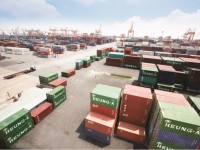 | Exports prosper thanks to CPTPP VCN-The Comprehensive and Progressive Agreement for Trans-Pacific Partnership(CPTPP) officially came into force in Vietnam from January 14, ... |
Regarding export taxes, because the preferential export tariffs are not yet issued, when exporting goods to CPTPP member countries, businesses still must pay taxes and the transport documents and customs dossier are required. Within a year after the goods arrived to the destination place, businesses shall submit the customs dossiers to Customs for tax refund.
Thang also recommended that the import tax reduction is only one incentive for Vietnam’s goods to enter markets. Whether the goods can enter the markets or not depends on the quality of the product and the technical standards of the importing country as well as the requirements of goods origin.
Related News
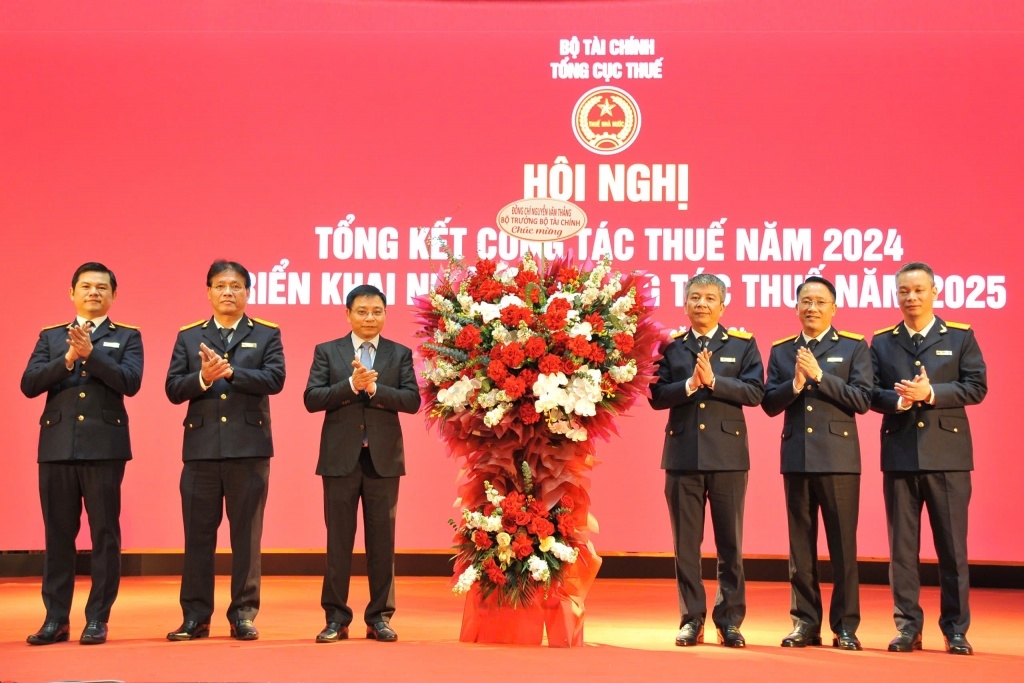
Tax sector achieves revenue target of about VND1.7 million billion
18:32 | 21/12/2024 Finance
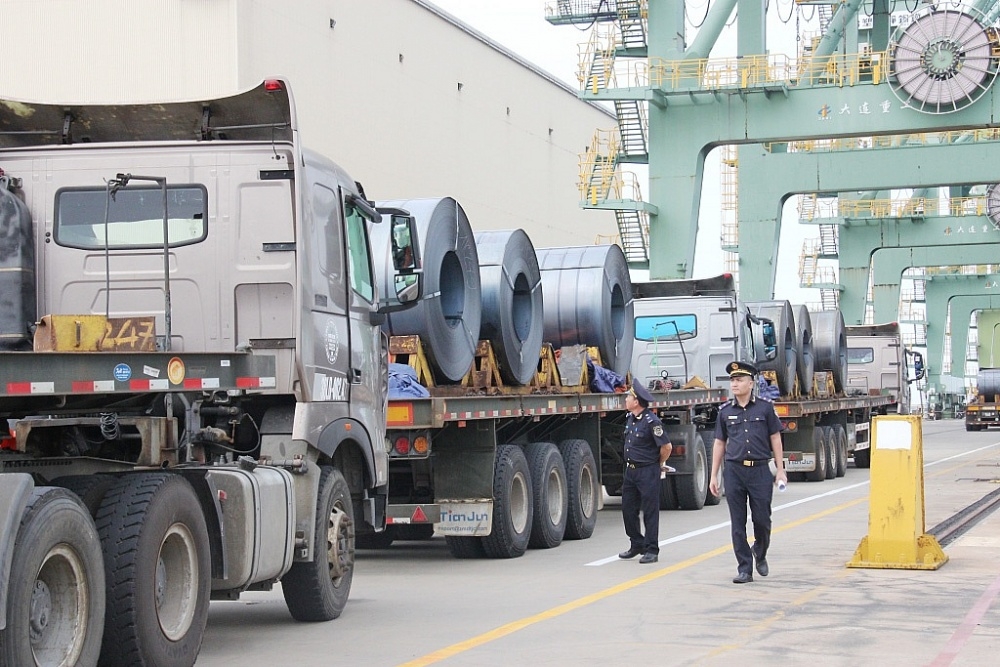
Achievements in revenue collection are a premise for breakthroughs in 2025
09:57 | 18/12/2024 Customs
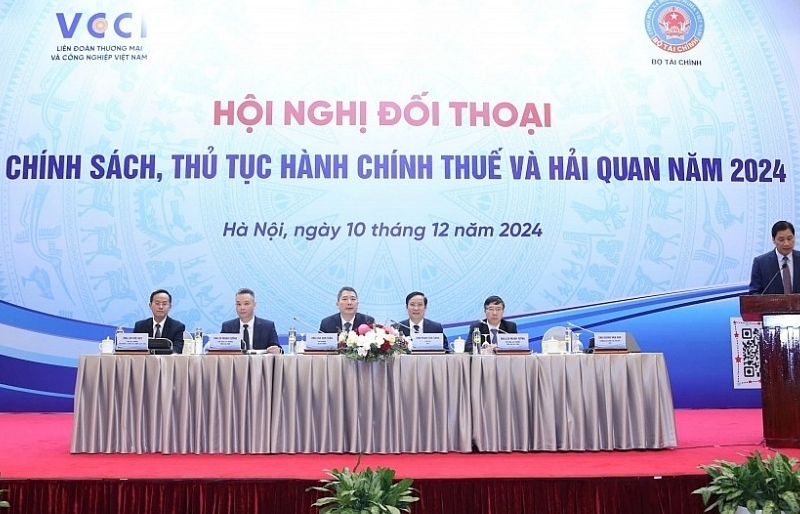
Answering many questions from businesses at dialogue conference on tax and customs policies
10:01 | 17/12/2024 Finance

“Give and Take” in the Value Chain of the CPTPP Market
09:30 | 20/12/2024 Import-Export
Latest News
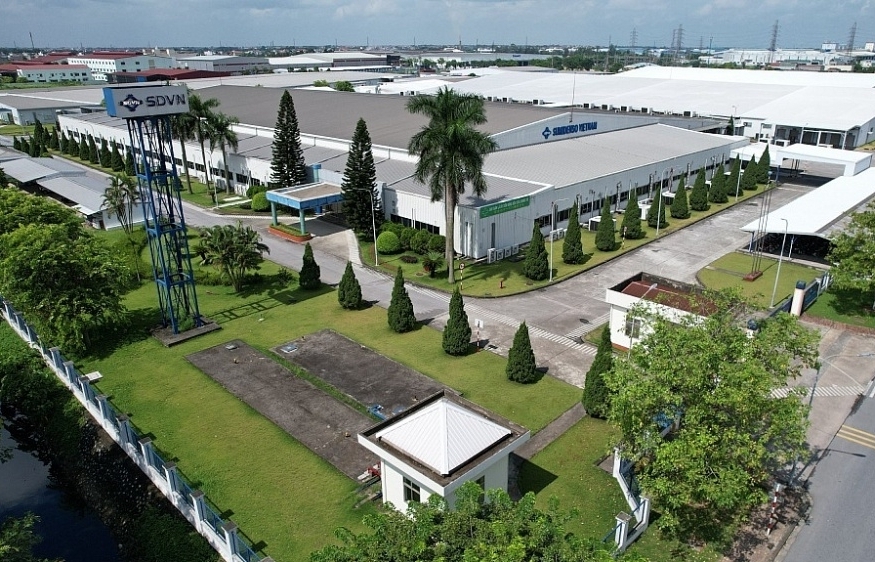
Proposal to reduce 30% of land rent in 2024
14:58 | 25/12/2024 Regulations
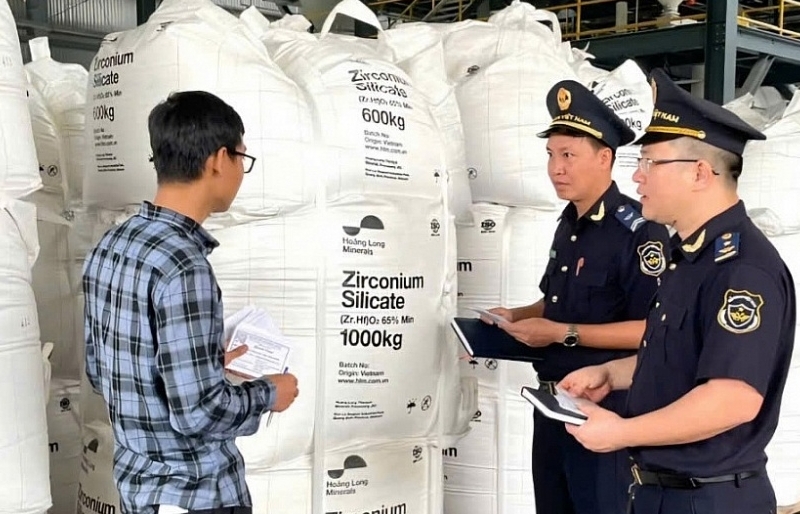
Resolve problems related to tax procedures and policies for businesses
13:54 | 22/12/2024 Regulations
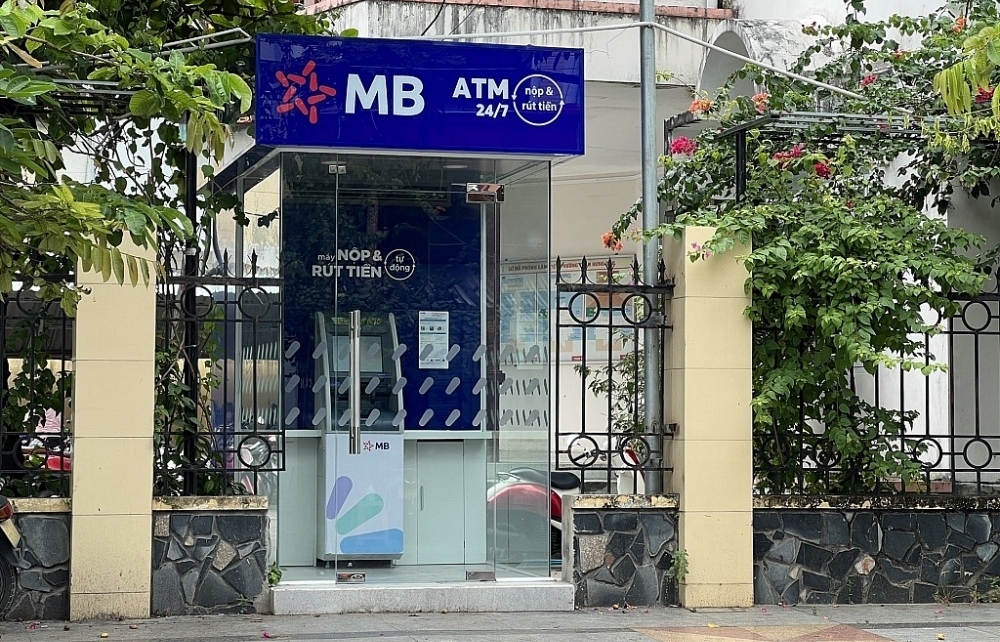
New regulations on procurement, exploitation, and leasing of public assets
09:17 | 15/12/2024 Regulations

Actively listening to the voice of the business community
09:39 | 12/12/2024 Customs
More News
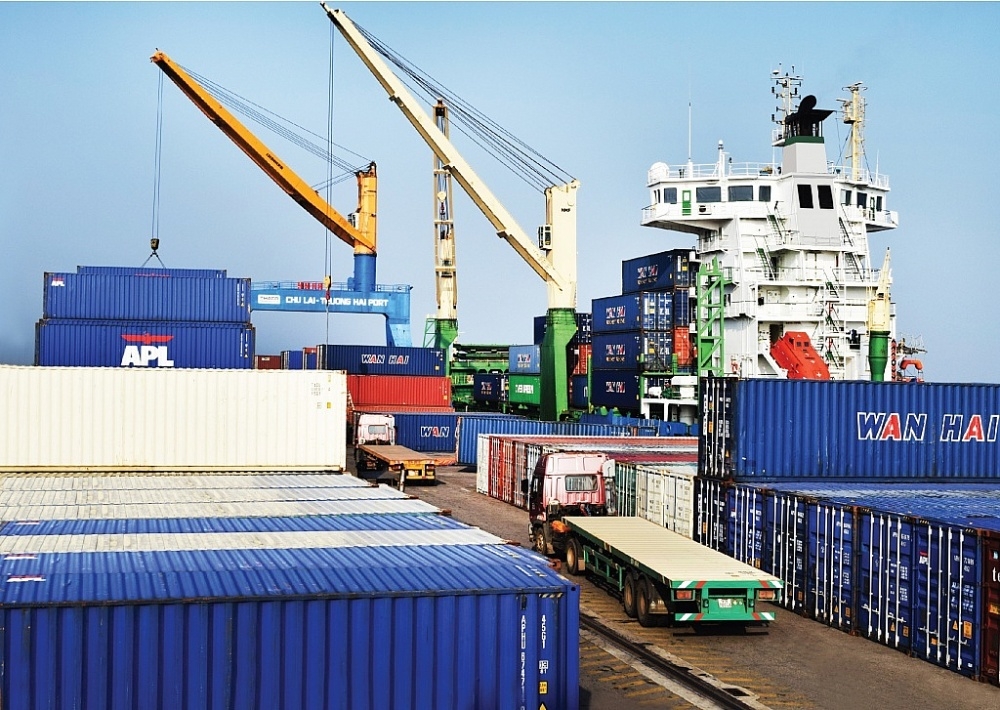
Step up negotiations on customs commitments within the FTA framework
09:44 | 08/12/2024 Regulations
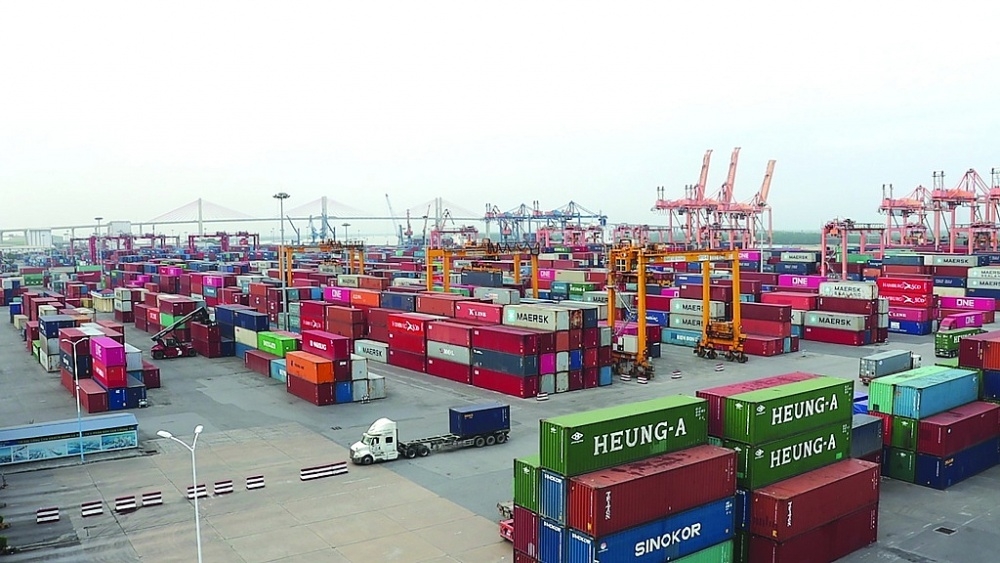
Proposal to amend regulations on goods circulation
13:45 | 06/12/2024 Regulations
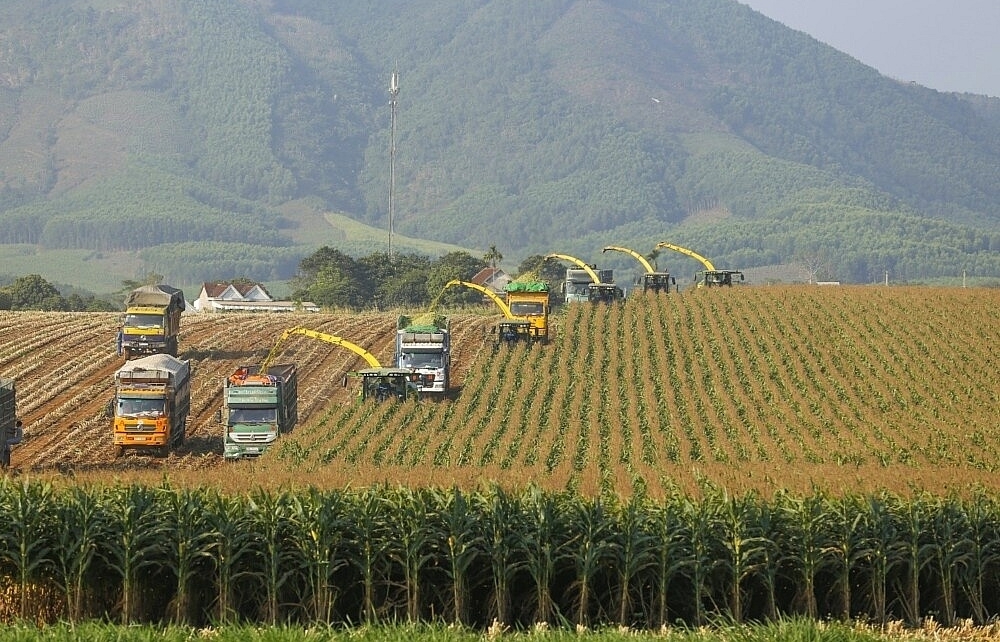
Review of VAT exemptions for imported machinery and equipment
10:31 | 05/12/2024 Regulations

Customs tightens oversight on e-commerce imports
13:39 | 04/12/2024 Regulations
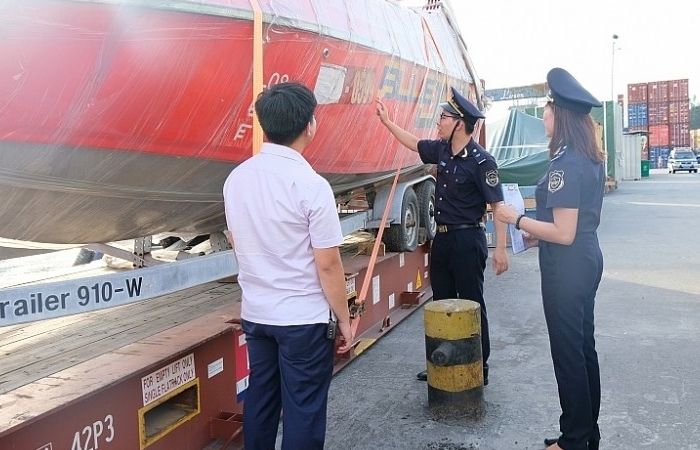
Bringing practical experience into customs management policy
13:48 | 03/12/2024 Regulations

Businesses anticipate new policies on customs procedures and supervision
15:41 | 29/11/2024 Regulations

Do exported foods need iodine supplementation?
11:06 | 29/11/2024 Regulations
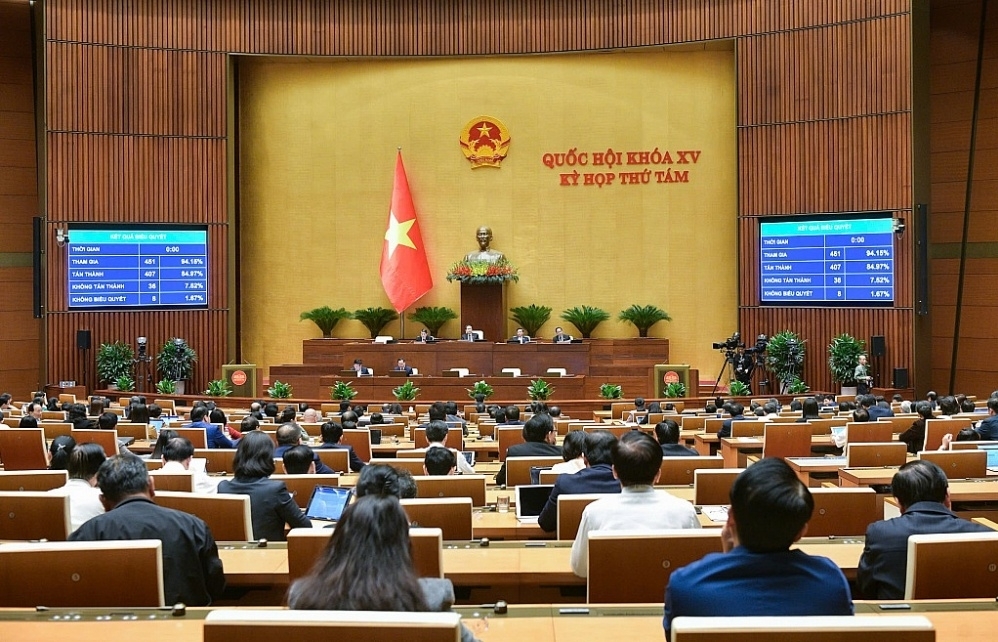
Amendments to the Value-Added Tax Law passed: Fertilizers to be taxed at 5%
13:43 | 28/11/2024 Regulations

Proposal to change the application time of new regulations on construction materials import
08:52 | 26/11/2024 Regulations
Your care

Proposal to reduce 30% of land rent in 2024
14:58 | 25/12/2024 Regulations

Resolve problems related to tax procedures and policies for businesses
13:54 | 22/12/2024 Regulations

New regulations on procurement, exploitation, and leasing of public assets
09:17 | 15/12/2024 Regulations

Actively listening to the voice of the business community
09:39 | 12/12/2024 Customs

Step up negotiations on customs commitments within the FTA framework
09:44 | 08/12/2024 Regulations
